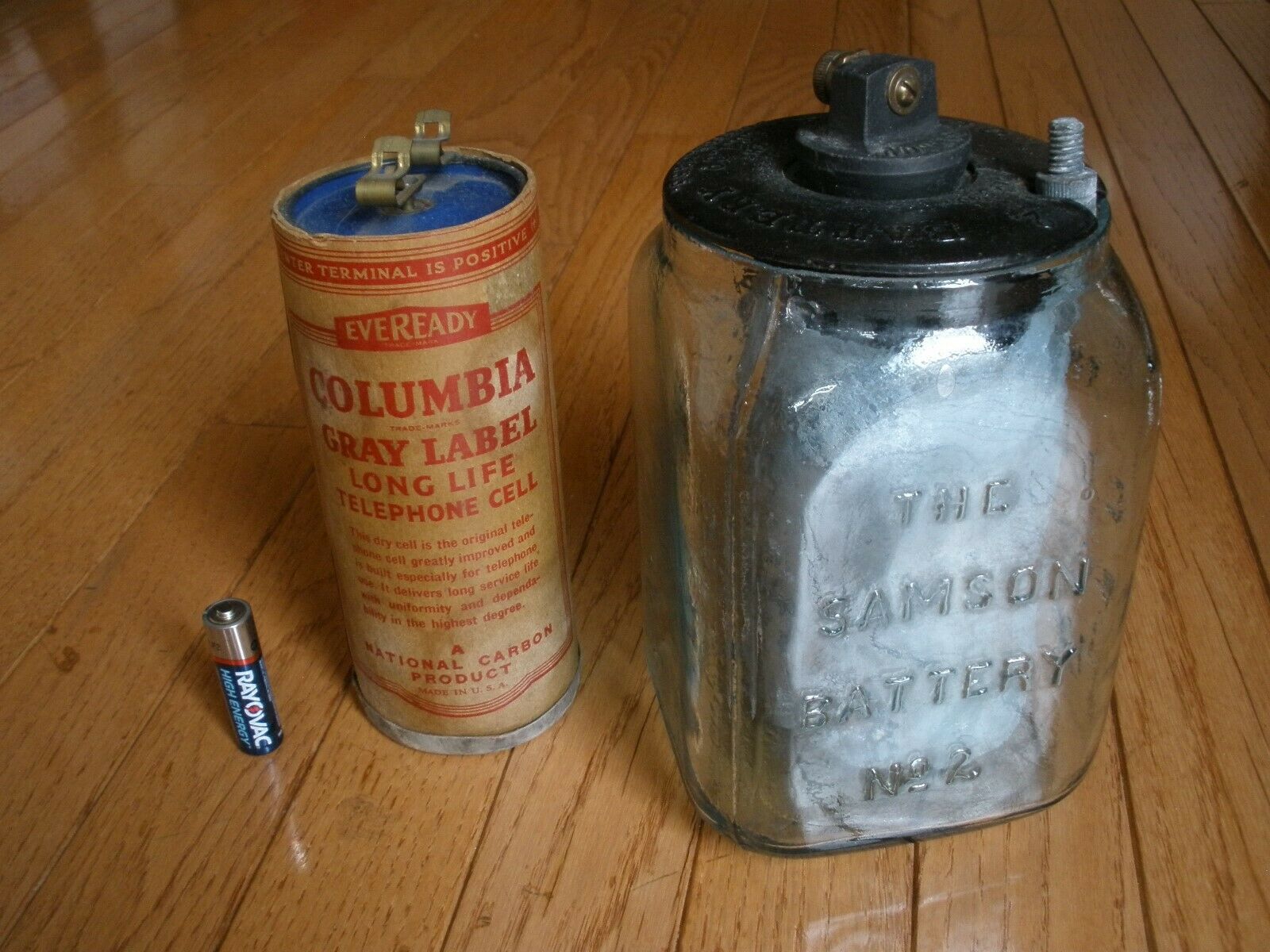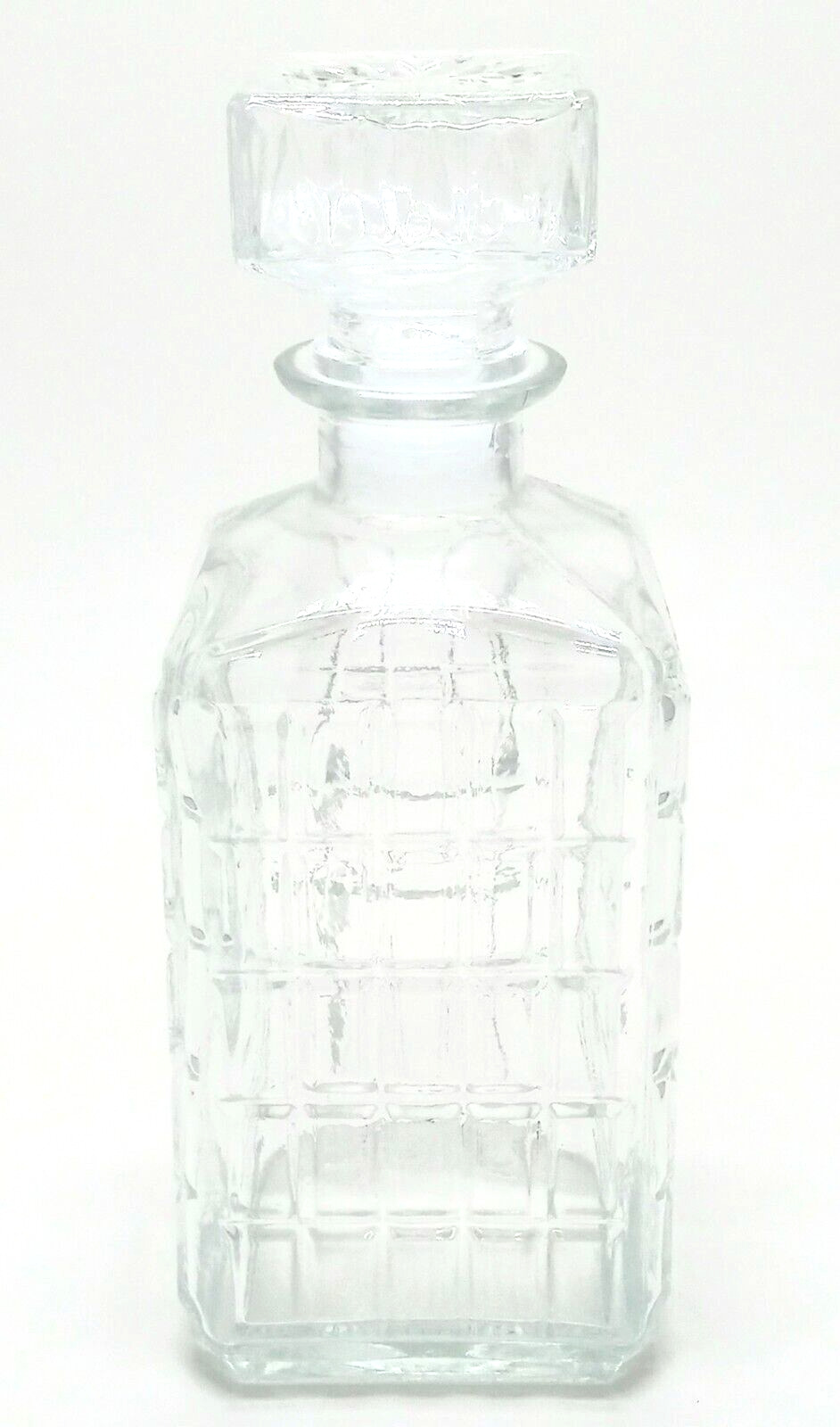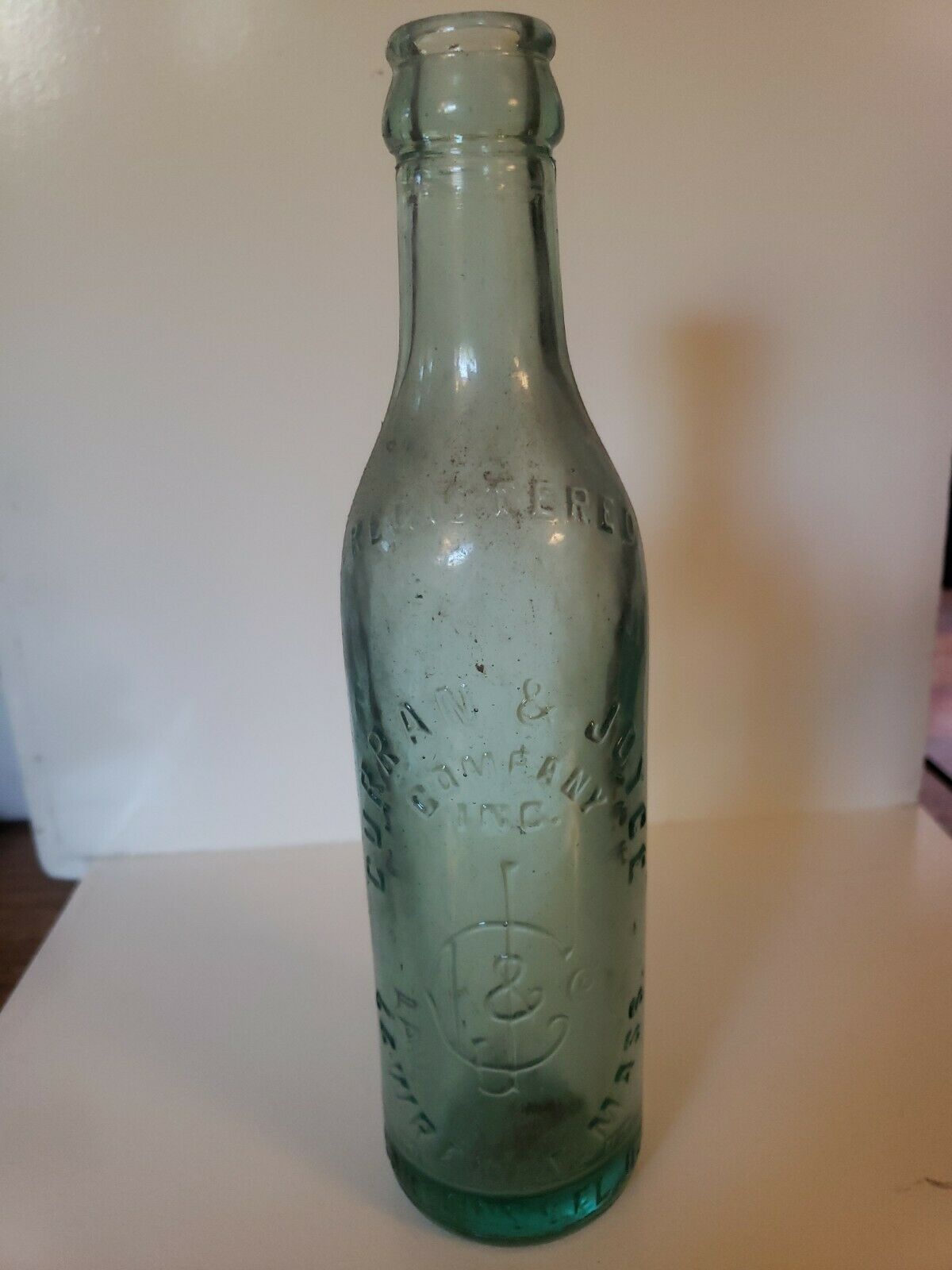-40%
Rare 1910 ANTIQUE SAMPSON BATTERY NO 2 - Electric Goods Company
$ 211.19
- Description
- Size Guide
Description
For sale is a extremely rare 1910 ANTIQUE SAMPSON BATTERY NO 2 made by the Electric Goods Co. Boston, MA. The aqua green glass jar with some bubbles in the glass has embossed lettering on three sides of the jar. One side of the jar has letters that read: "The Samson Battery No 2". Another side reads: "The E.G.L. Co., Boston, Mass". The bakelite lid is marked with July 8, 1890 and September 22, 1896 patent dates. Glass jar measures 4 1/2" by 4 1/2" by 6 1/2" tall. The glass jar held a conductive solution surrounding the carbon and zinc elements that produced an electrochemical reaction. One side of the jar was to mark the water line for the chemical solution. The Samson #2 was used to power gongs at railroad crossings. The jar was most commonly used for doorbells. Finding a glass battery jar with its lid and carbon element is exceptionally difficult. A newer Sampson battery model than the one for sale is on display at the National Museum of American History, Washington, DC. The first photo demonstrates the progress of battery technology from the Victorian era wet cell battery, to the 1950s era dry cell battery, to the present day alkaline battery. The glass battery jar is a top notch. museum quality technology collectible.In the late 19th and early 20th centuries, people used batteries to power telegraph and telephone systems, ring bells and alarms, or spark gasoline engines. The origins of this company date back to the nineteenth century with the establishment of the Electric Gas Lighting Company (which was often abbreviated in advertisements and on its batteries as E. G. L. Co.) by 1883. It made electrical switches and batteries for telephone systems and gas lighting. Around 1906, the company changed its name to Electric Goods Manufacturing Company (E. G. M. Co.). In 1911, the company left Boston and moved to Canton, Massachusetts. Since this jar is was made by E.G.L. Company, and the jar was made in Boston, the battery jar for sale dates between 1906 and 1910.
By 1917, the company changed its name to the Samson Electric Company, as evidenced by various business trade directories. The Samson Electric Company made wet cell battery like this one between 1916 and 1935.
Directions for using the battery were to (1) Clean out jar and pour in Samson Sal-Ammoniac. (2) secure carbon and zinc to cover and ensure that they are not in contact at any point. (3) Insert elements being careful not to overflow jar (4) Set the battery in a dry place (5) See that connections are clean and firmly made. (6) Keep carbon element covered with solution by adding water when necessary. For best results, the solution should be renewed at least once a year.




















